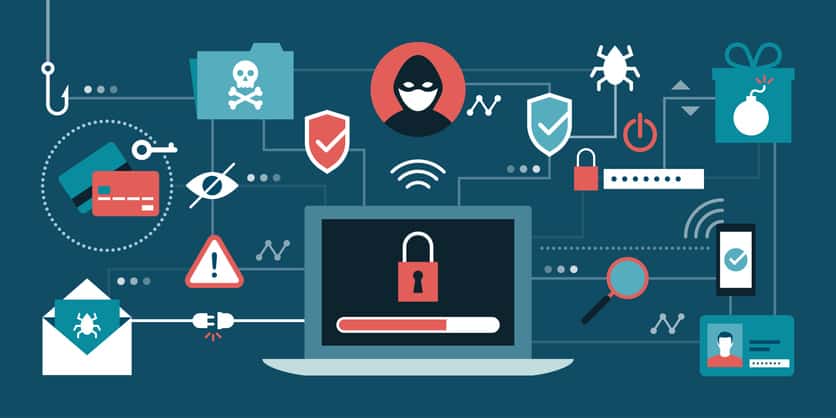A Cyber Attack can be devastating and isn’t discriminatory to businesses or unlucky individuals, we all know this. However, there are plenty of ways to mitigate risks, mostly by simply enabling something like MFA (Multi-Factor Authentication)… right? Unfortunately, this isn’t the case. Recent reports have not only shown a spike in EU Cyber Attacks, but threat actors managing to bypass MFA measures. In this blog, we’ll skim through the report and how we can make sure these malicious users have an unlikely chance of bypassing our security measures.
The Cyber Attack Trend Report
Organizations in Guernsey are being urged to enhance their IT security measures following a significant increase in cyber-attacks. The Office of the Data Protection Authority (ODPA) reported that some Microsoft 365 systems have been compromised through phishing attacks. This is where individuals are deceived into revealing sensitive information via email. The ODPA also highlighted that cybercriminals are becoming increasingly skilled at dodging security protocols. Like MFA.
To mitigate the risk of such attacks, organizations are advised to adopt a multi-layered security strategy. This doesn’t just mean enabling 2FA, but things like:
- Mail Filtering: Implement advanced email filtering to detect and block phishing attempts before they reach users.
- Web Filtering: Use web filtering solutions to prevent users from accessing malicious websites that may be used in phishing attacks.
- Enhanced Training and Awareness: Regularly train employees on the latest phishing tactics and the importance of scrutinizing suspicious emails and links.
- Continuous Monitoring and Response: Establish a system for continuously monitoring IT systems and quick response protocols to address potential breaches.
The ODPA also provides detailed guidance on protecting against phishing attacks on its website.
Defence Strategies Against Cyber-Attacks:
Following the above recommendations will make you a lot safer while cruising on the net, but at Solutions 4 IT, we’d say to go the extra mile and follow extra steps if you can. This especially applies to businesses, as they are a lot more profitable of a target to hackers, so will naturally be at more risk. Here they are:
- Strengthen Multi-Factor Authentication (MFA): While MFA is effective, consider using more sophisticated MFA methods such as biometric verification or hardware tokens that are harder to bypass.
- Zero Trust Security Model: Adopt a Zero Trust approach, where all users, devices, and applications are treated as potential threats until verified. This reduces the risk of compromised accounts gaining unauthorized access.
- Regular Security Audits: Conduct regular security audits to identify and address vulnerabilities in your IT systems, including outdated software and weak access controls.
- Incident Response Plan: Develop and regularly update an incident response plan that outlines the steps to take in the event of a security breach, ensuring a quick and effective response to minimize damage.
- Backup and Recovery: Ensure that regular backups are taken and that they are stored securely. Test recovery procedures frequently to guarantee that critical data can be restored quickly in the event of an attack
We hope you’ve liked this blog and that you’ll stick around to see our future releases. We cover everything from recent IT News to Knowledgebase articles. Thanks for reading!

